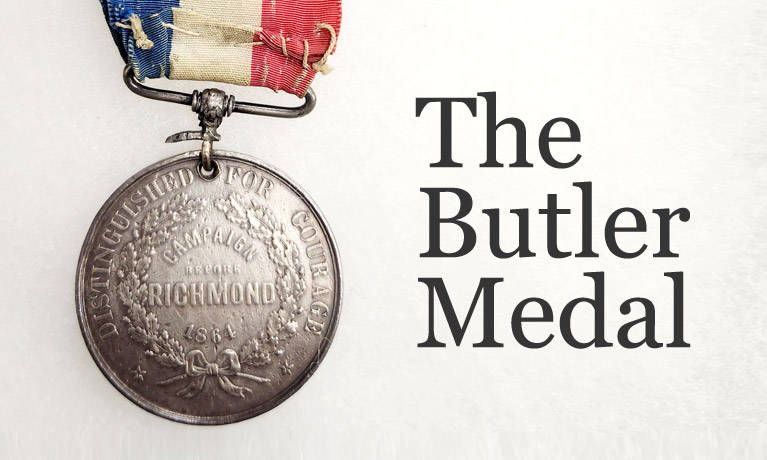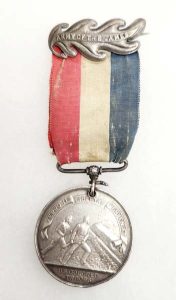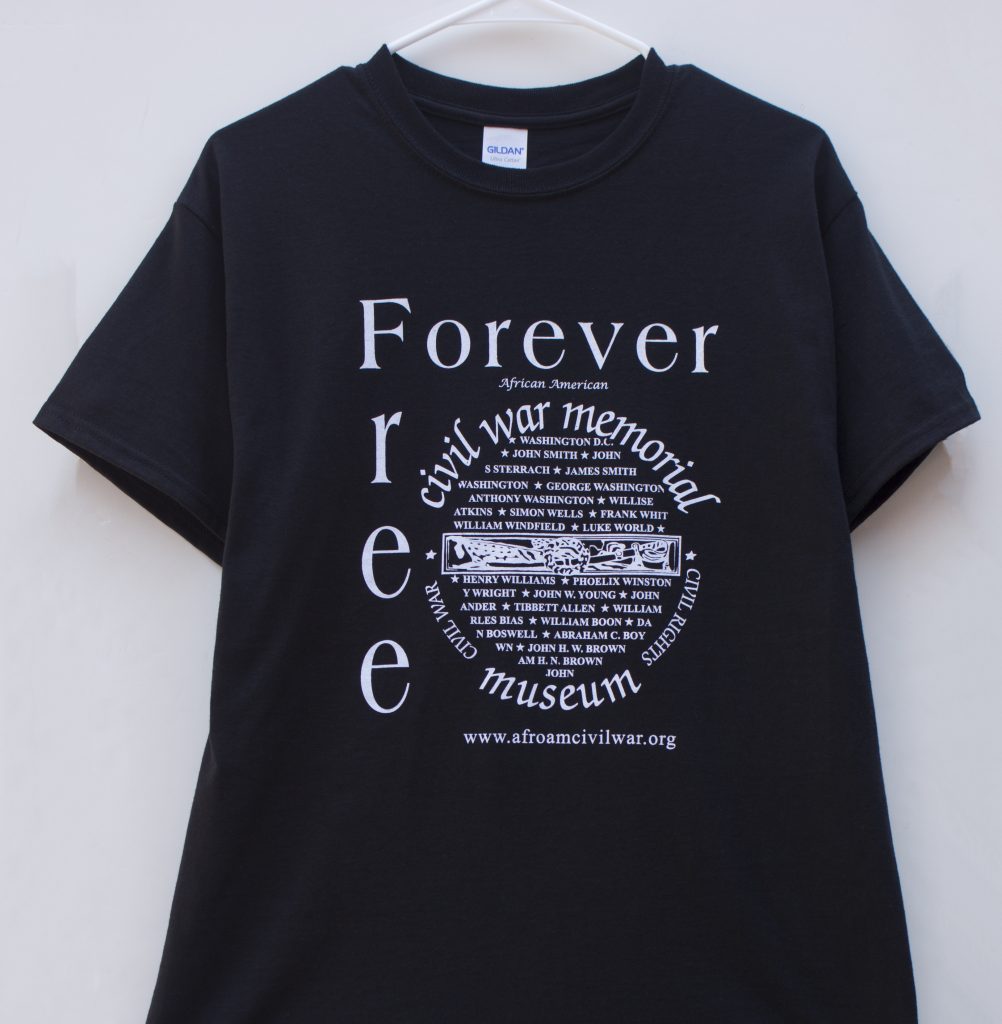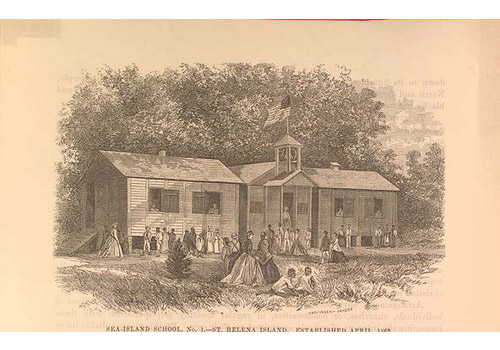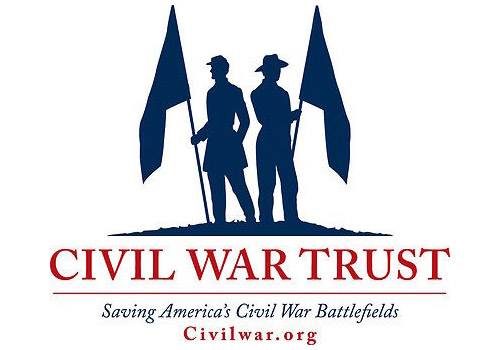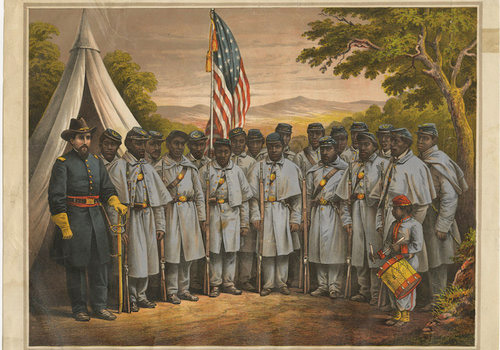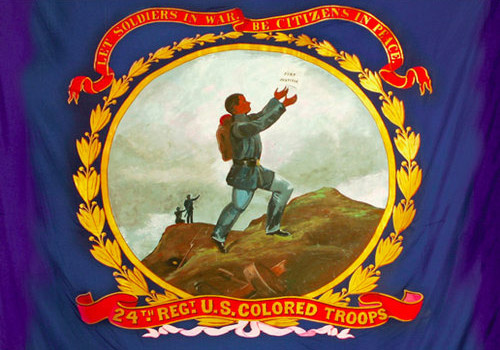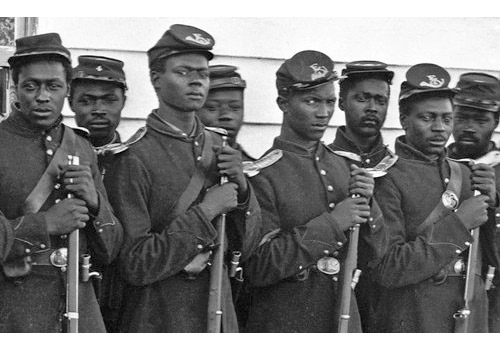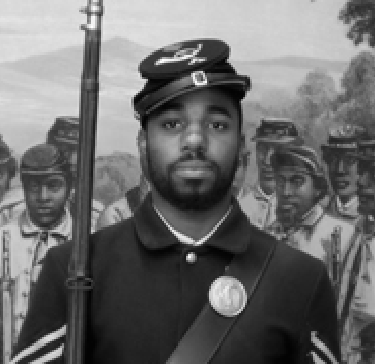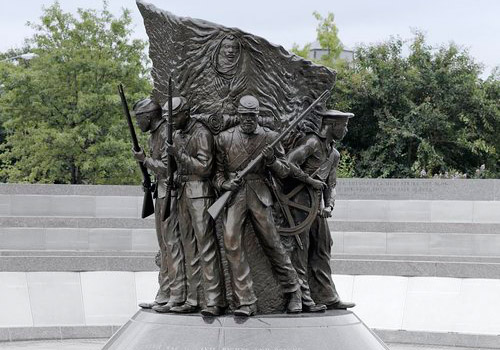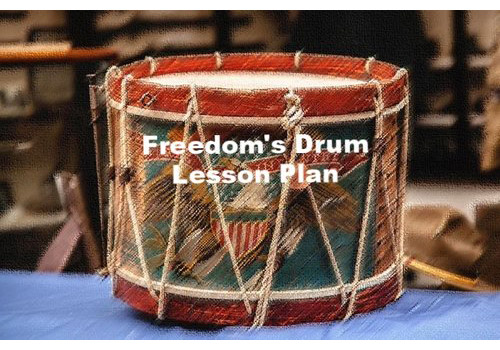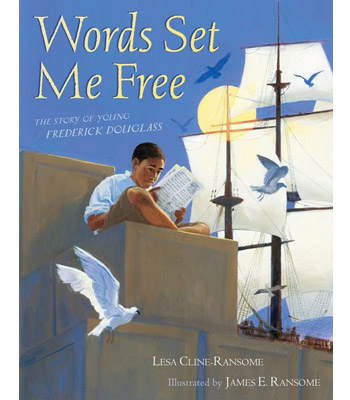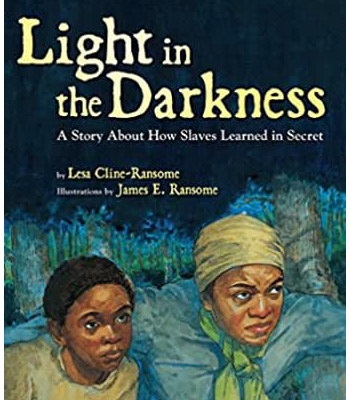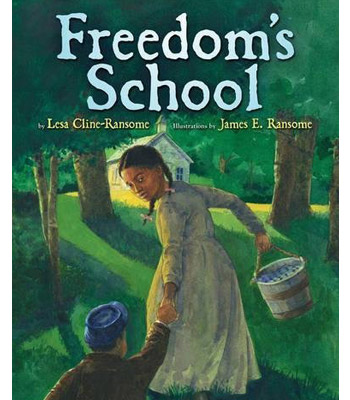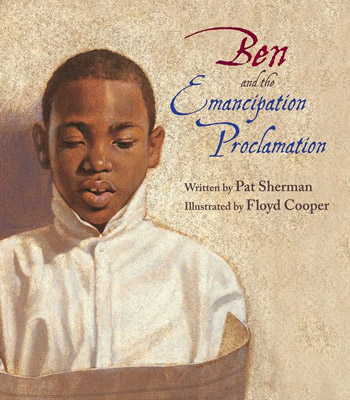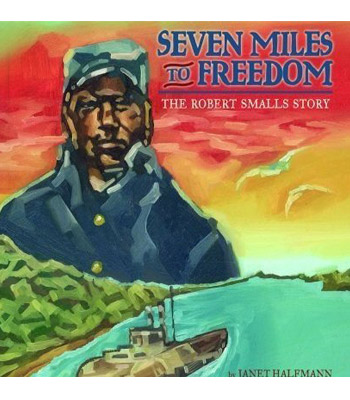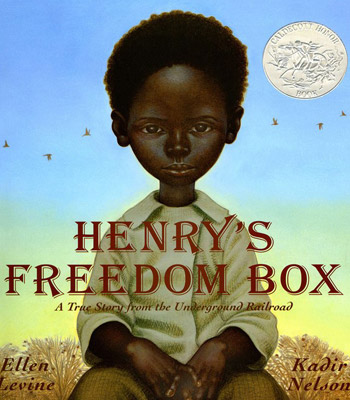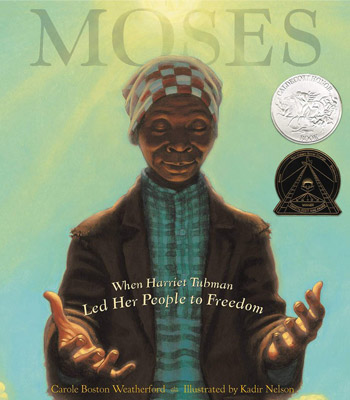
Letter from General Benjamin F. Butler to General Godfrey Weitzel informing General Weitzel that he had commissioned the metal and was likely to be the only honor colored soldiers would receive for their service.
The Butler Medal is officially known as the Army of the James Medal and was commissioned by General Benjamin F. Butler to honor African American troops in his command for gallantry during the Battle of Newmarket Heights on September 29, 1864.
The letter (right) is from General Benjamin F. Butler to General Godfrey Weitzel informing General Weitzel that he had commissioned the metal and was likely to be the only honor colored soldiers would receive for their service.
The medal is silver and inscribed with the Latin phrase “Ferro Ilis Libertas Perveniet” (freedom will be theirs by the sword) over an image of two soldiers in charge. On the reverse side, oak leaves are etched between the inscriptions “Distinguished for Courage” and “Campaign before Richmond 1864.”
The entire medal is connected by fastenings to a red, white, and blue ribbon adorned at the top with an oak leaf inscribed with the words Army of the James. The Medal was designed by Anthony C. Paquet, and minted in Philadelphia.
The medal in the collection at the African American Civil War Memorial Museum is inscribed on the rim with the name Sergt. Major William P. Miller.
William Miller:
The “P” inscribed on the medal’s rim was inscribed in error. William’s actual name according to his records was William L. Miller. He served as the Sergeant Major for the 22nd United States Colored Infantry. He was just 18 years old when he enlisted on December 10, 1863, but distinguished himself enough to merit a promotion to the rank of Sergeant Major in January of 1864.
During his service, Miller participated in the Battle of Newmarket Heights and the occupation of Richmond in April 1865. His regiment participated in the obsequies of President Lincoln after his death and the pursuit of the assassins along the lower Potomac area. Miller and his fellow soldiers were amongst those soldiers sent to Texas for duty along the Rio Grande in late May 1865.
Miller mustered out of service in October 1865 in Brownsville Texas. He returned to Pittsburg, Pennsylvania where he enlisted and lived a full life with his family dying at the age of 76 years in 1921 from Pneumonia.


